Can you share these picture
Who Created “Nothing” Our Universe Formed From
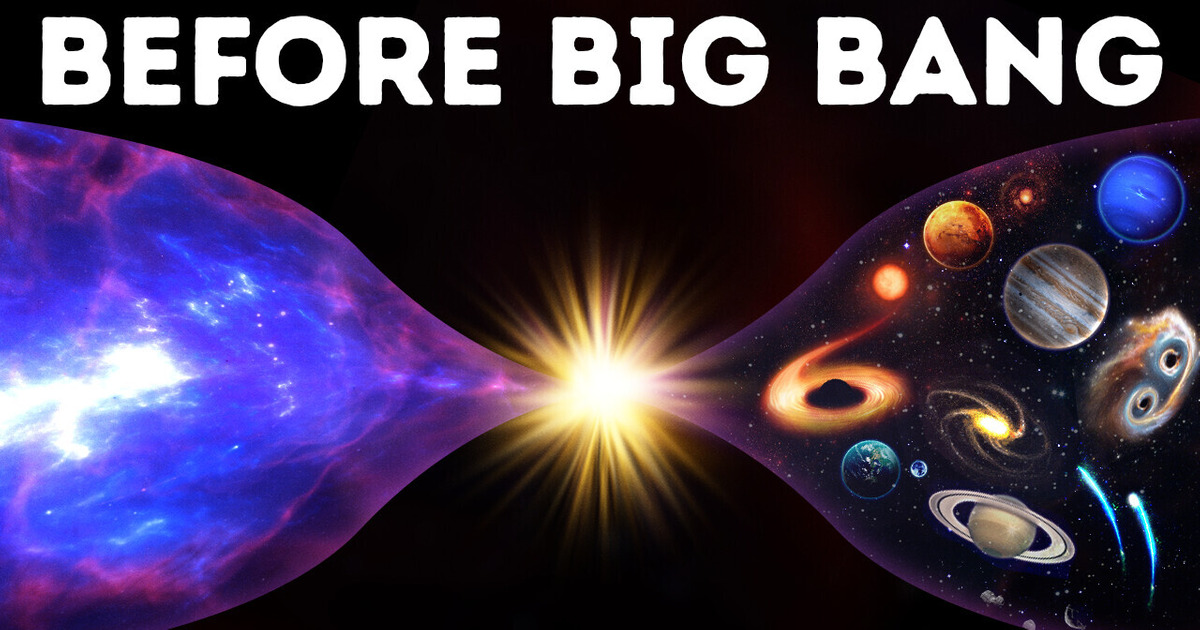
How was our universe born? And if this seems hard to answer, then how about this — what was BEFORE our universe? While scientists are looking for the answer to the most difficult question in history, let’s find out what they’ve come up with so far. In the 20th century, we’ve shed the light on this mystery. All thanks to this man — Edwin Hubble.
One day, on Mount Wilson in Southern California, he aimed his telescope at the sky and found out that these random clouds of gas flying everywhere are actually... Other galaxies. And there are A LOT of them. And also, he learned something else... Something that changed the world forever. They’re MOVING.
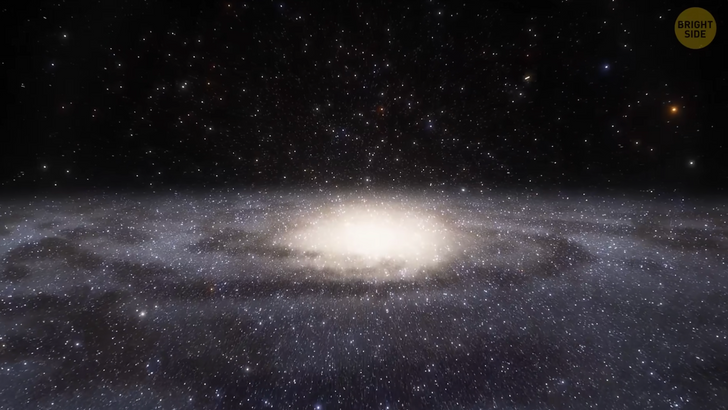
“...So what?”, you may ask. Well, it meant one very important thing — the universe is expanding. And if it’s expanding, then it probably had a beginning somewhere, right?
Now, all we have to do is to run time backward and see WHERE the beginning was. It took the scientists many more years to come up with a full-fledged theory. The Big Bang Theory. And here it is.
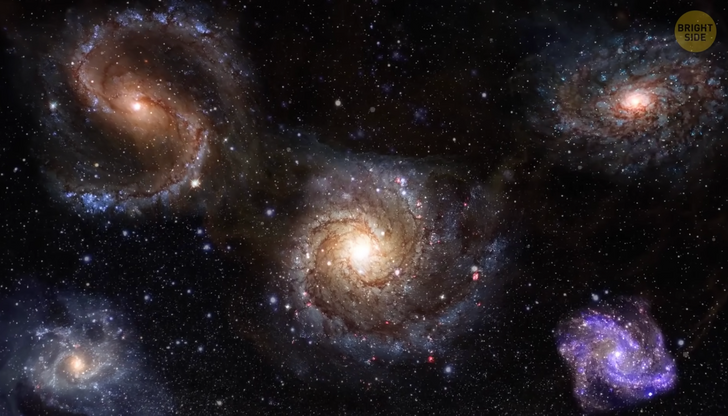
Nothing has ever been anywhere, because neither “when” nor “where” existed. Do you get it? But actually, no. There WAS one thing. It was the so-called “cosmic singularity”. A state of our universe in which it was incredibly small, dense, and very, VERY hot.
Imagine if our universe was compressed into a small ball. The pressure and temperature inside would be enormous. At some point, it became impossible to withstand them. And here comes the Big Bang. It was an outburst of energy and matter that created everything we see now. Time and space, basic physical forces... It also scattered quarks everywhere.
These quarks, — tiny particles that make up our world, — were all boiling in an incredibly hot “cosmic broth”. When it cooled down, gravity began to attract them to each other. They gathered into atoms, then molecules, and then into the first objects in the world — stars. And all this happened just some 12-14 billion years ago. Alright, now we know how our universe was created.
But what was BEFORE that? Alan Harvey Guth, an American theoretical physicist and cosmologist, has devoted his whole life to solving this mystery. After learning about the Big Bang Theory, Guth found some flaws in it. For example, the distribution of matter was very even, although it shouldn’t have been.
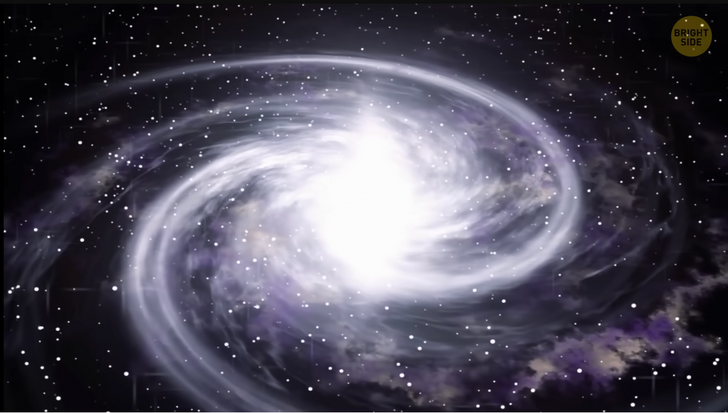
Let’s hang a balloon filled with paint to the ceiling, and lay a white canvas on the floor. If we drop the balloon down, it will burst, and we’ll see absolute chaos on the canvas. A bunch of spots scattered everywhere randomly, neither is like the other. But...
That’s not really what the early universe looked like. Instead of throwing a colored ball from the ceiling, let’s draw a small red dot on the canvas. Now let’s expand it a little more. And more... And capture all this on frame-by-frame shooting. We’ll see a circle gradually growing in all directions.
That’s the reality. The early universe was very even and proportional. That was Guth’s discovery: “the theory of inflation”. Here’s what it says: even BEFORE the Big Bang, there was some kind of force that could give the “bang” a strong acceleration.
Something that was able to distribute everything in space instantly and evenly. Guth’s theory was a great success, and now most scientists rely on it. For most of them, this idea of the birth of the universe is quite enough. For most... but not for all.
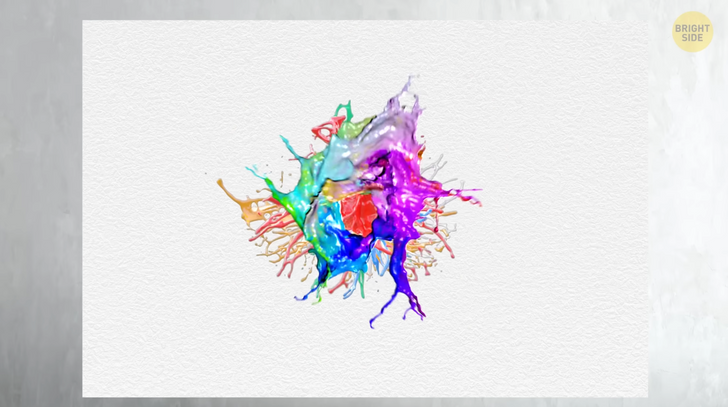
Martin Bojowald is a German professor of physics. And, in his opinion, the universe was born quite differently. Remember when we talked about cosmic singularity? The state of the universe in which it was small, infinitely dense, and super hot.
According to Martin’s theory, the singularity couldn’t just “appear out of nowhere”. This is nonsense. But then... Where did it come from? Let’s look at a pendulum on the old clock. The pendulum rotates back and forth — its movement is smooth, continuous, and non-stop. This is how we usually see time — it flows and never stops.
But quantum time... Ho-ho, quantum time doesn’t work that way. It’s more like the second hand of a clock. It consists of small segments and makes short pauses. And, just like with the second hand of a clock, the beginning of one segment of time is always the end of another. See what I’m getting at?
Let’s go back to balloons again. According to the Big Bang Theory, once upon a time, our universe began to expand — inflate, like a balloon. But sooner or later it will “blow away” back. The universe will start shrinking... And return to the state of cosmic singularity.
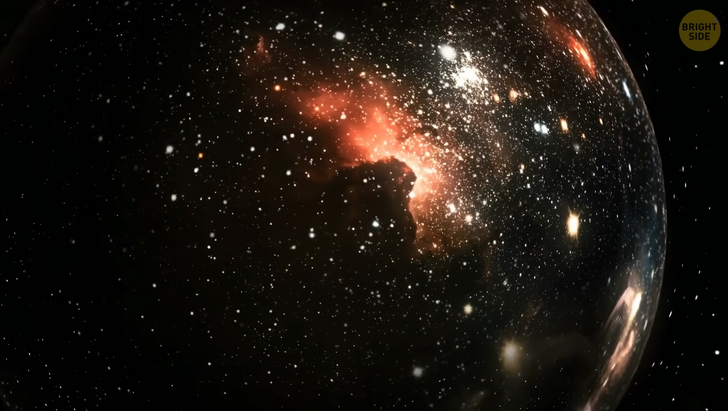
And then guess what? The Big Bang 2. Nothing appears out of nowhere and disappears into nowhere. According to Bojowald’s theory, the beginning of each universe is the end of the previous one. Our universe is not at all the first and not the last — millions of similar universes existed before us and will exist after us.
This theory, although it sounds very logical, is far from complete. Unfortunately, we don’t have enough knowledge to find all the evidence for it. So for now, all this is just a hypothesis. But some people come up with even stranger ideas. Scientists promote such unusual theories that no one could even think of.
Neil Turok, a South African physicist, and his colleague Paul Steinhardt, an American theoretical physicist, look for answers far beyond our universe. They say that yes, our universe isn’t the first one. There have been and will be an infinite number of them. And not only will there be endless Big Bangs. Our universe is just one of an infinite number of others. And all of us are stuck in a cycle of endless rebirths of parallel worlds.
This sounds incredible and frightening at the same time. But how does it work? According to this theory, our universe is located inside a so-called “brane” (as in “membrane”). In other words, we’re stuck in some kind of elastic surface that’s capable of contracting, stretching, oscillating, and so on. Like pieces of fabric on a rope, these parallel universes are located near each other. Each one has a neighbor. We’re not the exception.
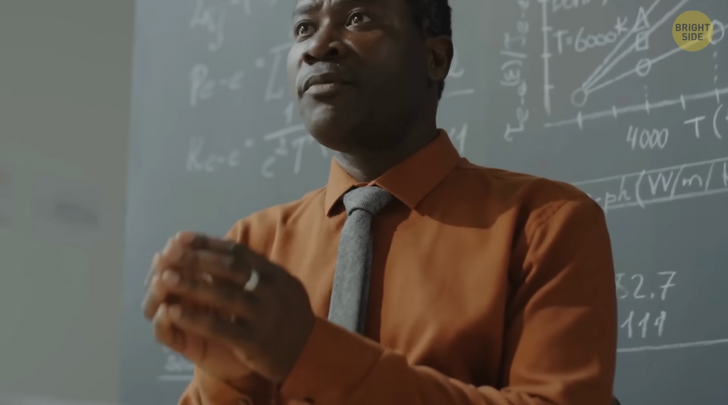
Another universe may be an inch from ours, but we can’t see it. That’s because there’s a tiny space between us. And this tiny space contains the fourth dimension. How do these universes originate? Through brane collision.
These branes are getting closer to each other very, very slowly. Until one day, they finally collide. Their collision creates two Big Bangs and two parallel universes. Then they’re moving away from each other. The created worlds continue to live. We’re currently at this stage.
But when they disappear, the branes collide again. And this will lead to the birth of a new universe. Remember the “inflation theory”? There was a mysterious energy that pushed and accelerated the Big Bang. Well, if we did collide with another universe, that would explain everything.
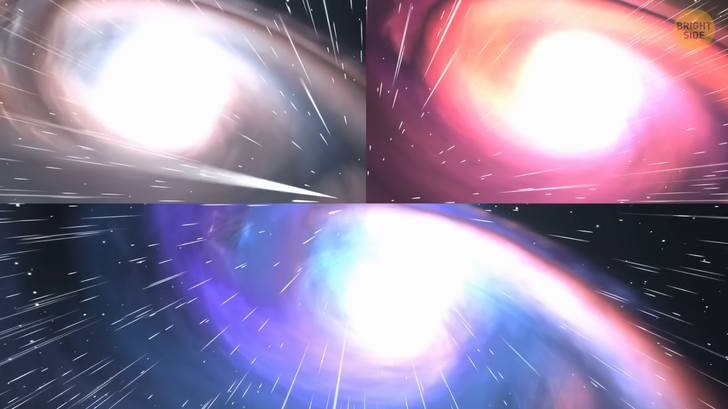
Of course, everything described here is a great simplification. When you hear that our world is “some piece of fabric on a rope”, it sounds like complete nonsense. But this idea is based on string theory and M-theory, two giants of quantum mechanics. If they turn out to be true, they could explain almost everything in our universe.
Creating a theory is an incredibly complex process. Turok and Steinhardt made a HUGE amount of calculations and swept away many, MANY non-working theories. Also, to work this out, they have to overcome the limits of the human mind and think in 11 dimensions at once!
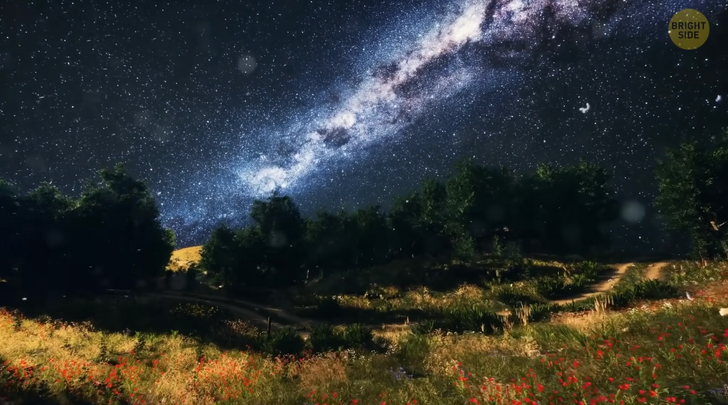
Unfortunately, this crazy and elegant idea... was laughed at. Turok and Steinhardt say that scientists are regular people, just like everyone else. They’re also afraid of change and the unknown. And it’s really scary to question everything we once believed in.
Many years ago, people didn’t believe that the Earth was round. Then they were outraged by the Big Bang Theory. We can’t make discoveries without struggle and fear. That’s why Turok and Steinhardt don’t plan to give up so easily. After all, the evidence that we have now only says that each of the three theories is equally possible.
So which answer is correct? We may never know. At least not at this stage of human development. Unfortunately, as long as we have no evidence, we can only theorize. But maybe one day we’ll find something that will open our eyes once and for all. Maybe one day we’ll solve the mystery of how our universe came to be.
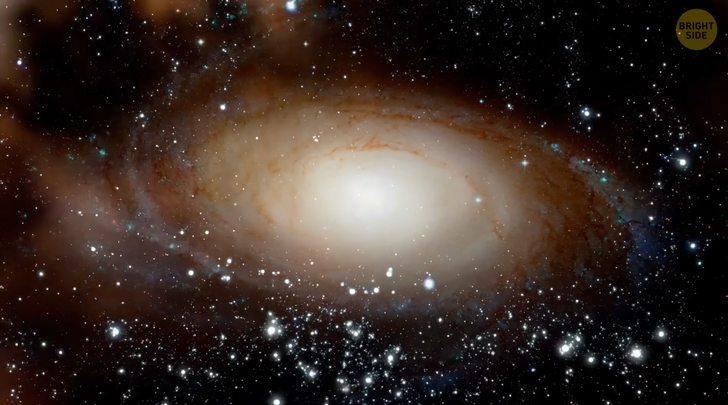
Comments
Related Reads
10 Dangerous Self-Care Mistakes We Make When Trusting Beauty Bloggers

I Demanded Compensation for My Work Injury—My Boss Got HR Involved

14 Unresolved Nanny Stories That Keep Us Guessing

12 Stories So Wild They Might Break the Internet

My Parents Excluded Me From the Inheritance, So I Refuse to Host Christmas Dinner for Free

I Refuse to Let My MIL Stay in My Home After She Crossed a Serious Boundary

11 People Who Chose Kindness Over Looking Away

My DIL Refused to Let Me See My Grandchildren, Until My Son Stepped In

My MIL Mocked Me at My Husband’s Birthday Party—I Gave Her a Brutal Reality Check

I Refuse to Let My DIL Treat My Home Like a Free Pantry

15 Stories That Prove the Supermarket Checkout Is a Free Comedy Show

I Refused to Bring Kids on My Solo Vacation, and Now My Family Is Furious
